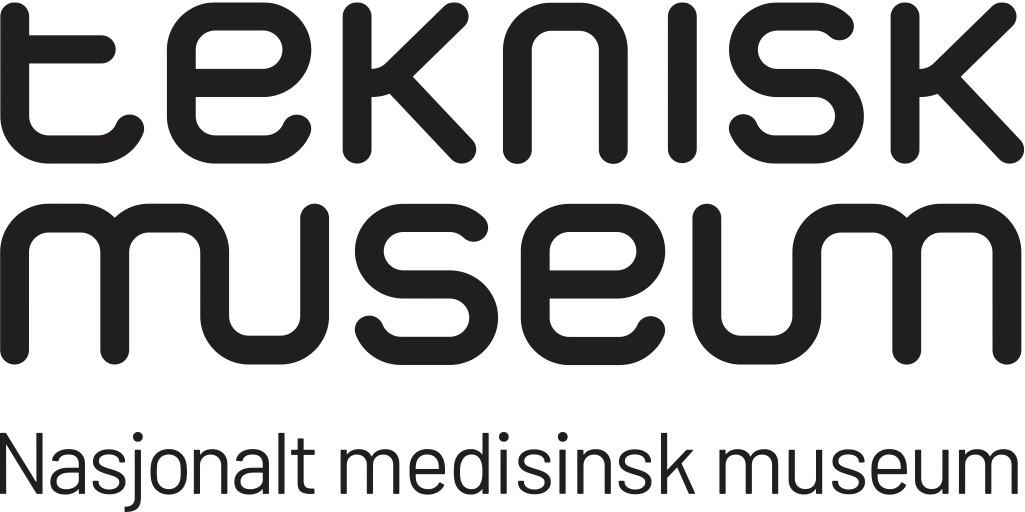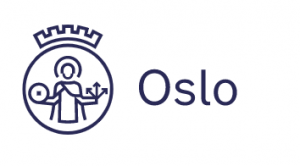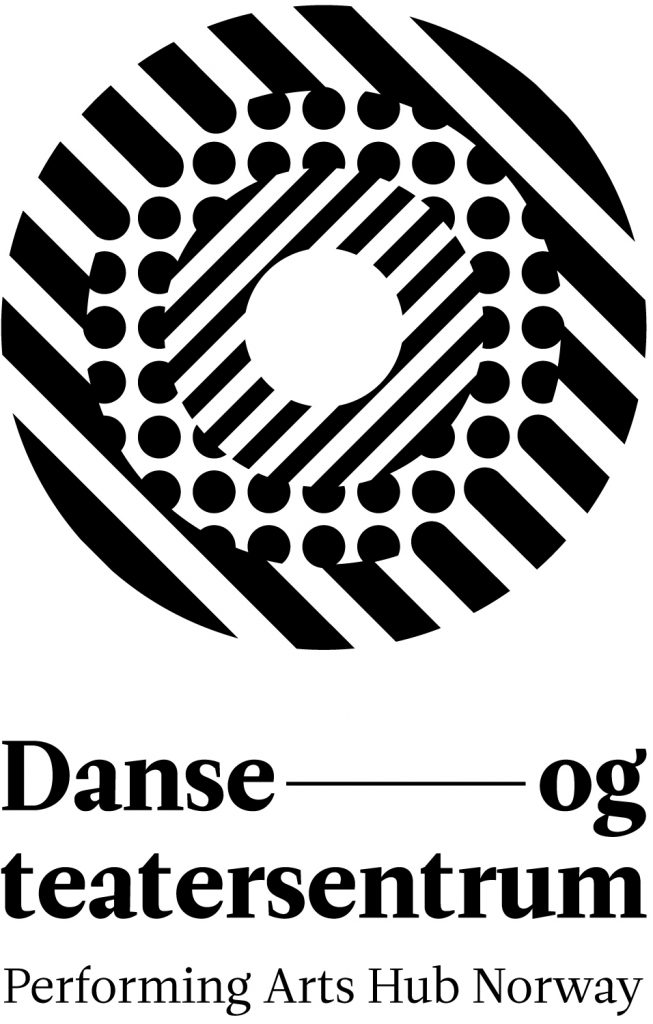
”"With embryology, anatomy ceases being the static, achieved geography of structures – a stillness that is primarily borrowed from the cadaveric inertia of the dissected body – and reveals what moved and still moves our seemingly silent interiors. Learning through embodiment may start from a choreographic-like mind, the one that takes images as maps, maps as diagrams, and everything as scores. In the case of embryology, the term score seems almost to be closer to music than to dance, and in fact lines and directions describing the all too busy movement of the forming embryo, in order to be “correctly” read, need kinematics being paralleled with dynamics: a play of intensities, rhythms, simultaneous events, different speed rates."
Carla BottiglieriProject Researcher
a collection of fluid spaces offers a series of dances, workshops, lectures, and conversations bringing the public together with artists, scientists, therapists, and philosophers in the medical museum. You can check out all of the content at our new fluid spaces website.
Special guests include movement researcher Konrad Obermeier, developmental biologist Scott Gilbert, anthropologist and philosopher Stefania Consigliere, and movement educator and therapist Thomas Greil.
Embryology is the description of the individuation process that underlies our coming into form. The first eight weeks after conception is when our body forms its basic structure. We transform from a fertilized egg, into two cells that multiply into a cluster of cells, fluid-filled spaces, to become a complex being. These fluid spaces and processes underlie our current structure and inform our current state of being.
When we investigate embryology with somatic tools, we engage our imaginations through physical practice to challenge the predominant medical narrative, often focused on pathologizing embryos and invisible mothers. Focusing on our own embodied embryological experience we can learn something from the gestalt of an embryo, a manifestation of a being in its wholeness, rather than individual DNA and cells.
The premiere took place Nasjonalt Medisinsk Museum at the Norsk Teknisk Museum, in Oslo April 21-30, 2022 with eight 90 minute performances alongside the following workshops, talks and video works:
- Forces, relationships and directions in liquid metabolic fields with movement researcher Konrad Obermeier
- Aspects of the developmental movement of the foot with movement researcher Konrad Obermeier
- Aspects of the developmental movement of the respiratory diaphragm and the lungs in the embryo with Konrad Obermeier
- Making Connections: a special applications workshop for working with embryology for the work with children with disabilities with movement therapist and educator Thomas Greil
- Embodied embryology workshop with Olive Bieringa
- Family embryology workshop with Hanna Filomen Mjåvatn and Otto Ramstad
- The body and the body politic: New constituencies with developmental biologist Scott Gilbert
- Artist talk with BodyCartography’s Olive Bieringa, Otto Ramstad, Carla Bottiglieri talk with medical museum curator Phil Loring
- Biology as history with anthropologist and philosopher Stefania Consigliere
Visit the fluid spaces website here
“I didn’t feel like a spectator. I was invited into a process, a deep transmission, as if I was sensing with my own early evolution, my coming into form. The next day I was amazed how different I felt in my body, free, easeful, expansive. I felt an internal process going on for two weeks, and woke up one morning with tears in my eyes. Life force! That’s what it was. A connection to life force before birth trauma, beyond conditioning. An incredible gift.” –audience Julie Breines Oredam

Credits
Concept: Olive Bieringa
Direction: Olive Bieringa and Otto Ramstad
Associate Curator and Researcher: Carla Bottiglieri
Contributing Performers: Hanna Filomen Mjåvatn, Kristina Gjems, Gry Kipperberg, Otto Ramstad, Olive Bieringa
Musician and Composer: Bernt Isak Wærstad
Scenographer: Carle Lange
Costume Designer: Kristine Gjems
Visual Artist: Katja Henriksen Schia
Lighting Designer: Agnethe Tellefsen
Host and technical support: Anu Laiho
Opening text: Phil Loring
Fluid Spaces research cohort video works: Carrie Girstantas, Vasiliki Tsagkari, Mandy Herrick, Christine Quoiraud, Fiona Harrisson, Kim Sargent-Wishart, Vanessa Chapple, Julie Nathanielsz, Laressa Dickey, Maria Bartilotti Matos,Theo Armstrong, Late Harvest’s Daniel Racek, Monika Certezni, Katarina Vlnieskova and Anka Sedlackova.
Our supporters and partners include:
Norsk kulturfond – Fri scenekunst dans, Fond for Lyd og Bilde, Oslo Kommune, Fond for Utøvende Kunstenere, Danse- og Teatersentrum, Nasjonalt medisinsk museum at Norsk Teknisk Museum, University of the Arts Helsinki, Tanzfabrik, Berlin, Minnesota State Arts Board and the Weisman Art Museum, University of Minnesota
Special thanks to:
Phil Loring, Gro Synnøve Ellefsen, Thomas Fjærtoft, Igor Di Tota, Henrik Treimo, Ellen Lange, Ageliki Lefkaditou, Boris Oicherman, Per Roar, Thomas Greil, Lisa Bysheim, Kira Spenkiel, Emma Barber, Anna Marie Shogren, Arwen Wilder, Sarah Baumert, Bonnie Bainbridge Cohen and Jaap Van der Wal.
“Without dance—in the life & death exhibit—we are left with science and its resident representations (which are often confused with matter of fact). With dance a space for philosophy (or, the res publica of philosophical query) is opened: as is suggested by the steps-diagram at the bottom right, recto. The position of the witness and withness in one: a truly anthroponomic field.”
“… their somatic practice does not seek formal beauty and engages in field-searches where the aesthetics is investigative. At the same time their somatic practice comes from somewhere and returns to it. Their collaboration with the Norwegian Museum of Science and Technology—in the Fluid Spaces project—was an investigative venture of that kind. Embryonic. The subject of embryology is neither extrinsic and passing—it exceeds the scope of their project-engagement with the museum—nor is it age-old and intrinsic either: better to say that it is a deep and emergent subject.”



![]()




